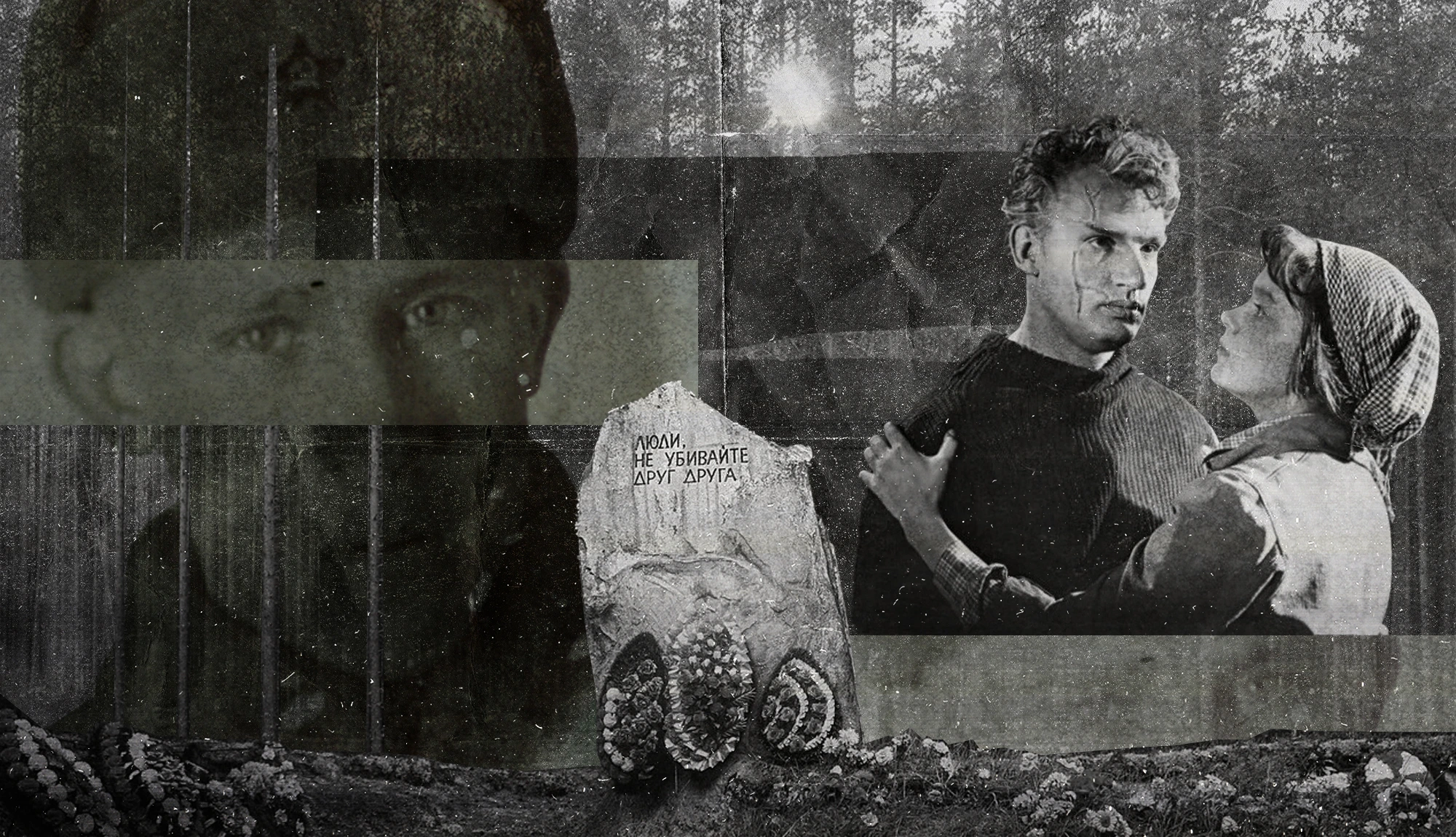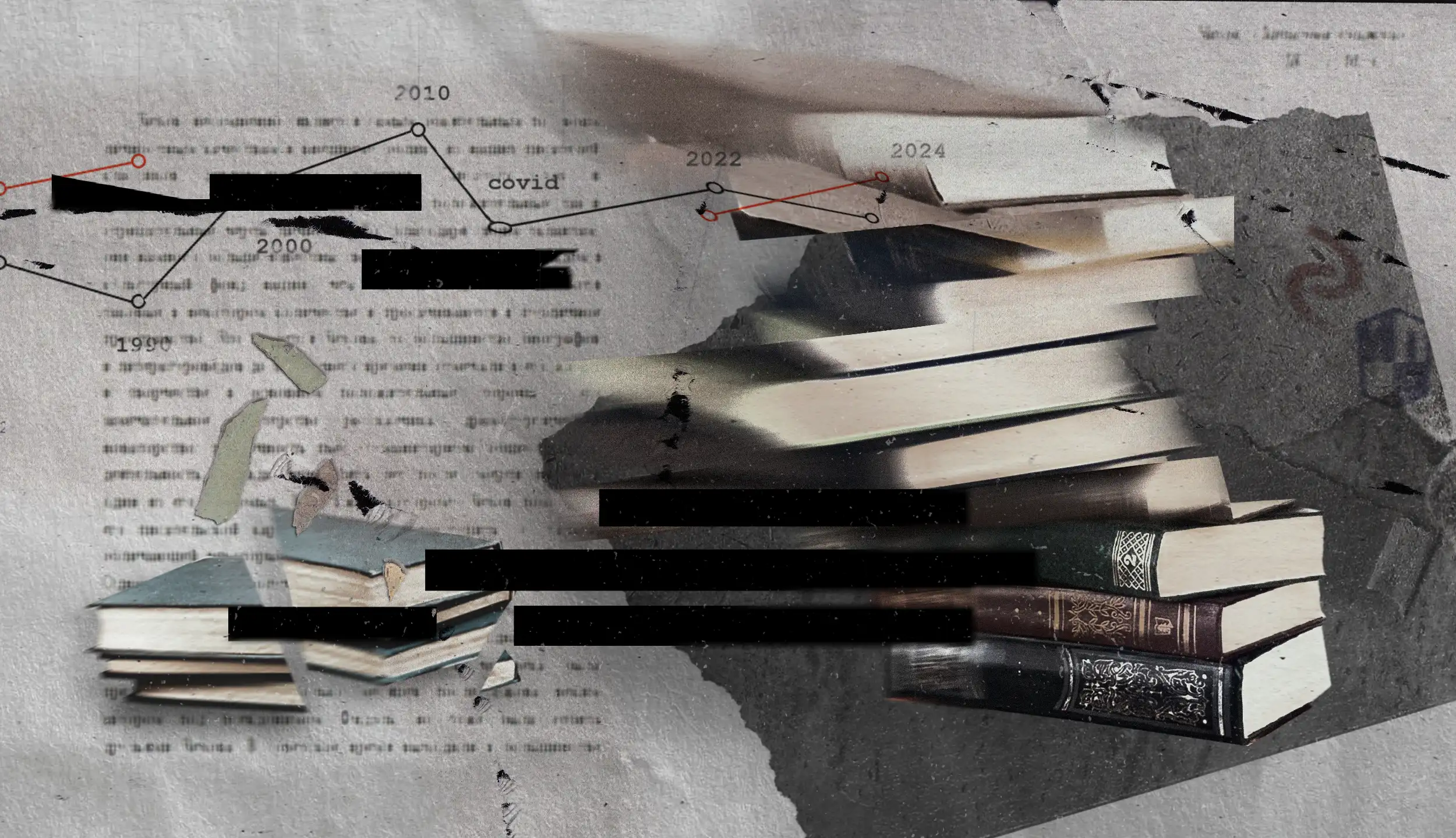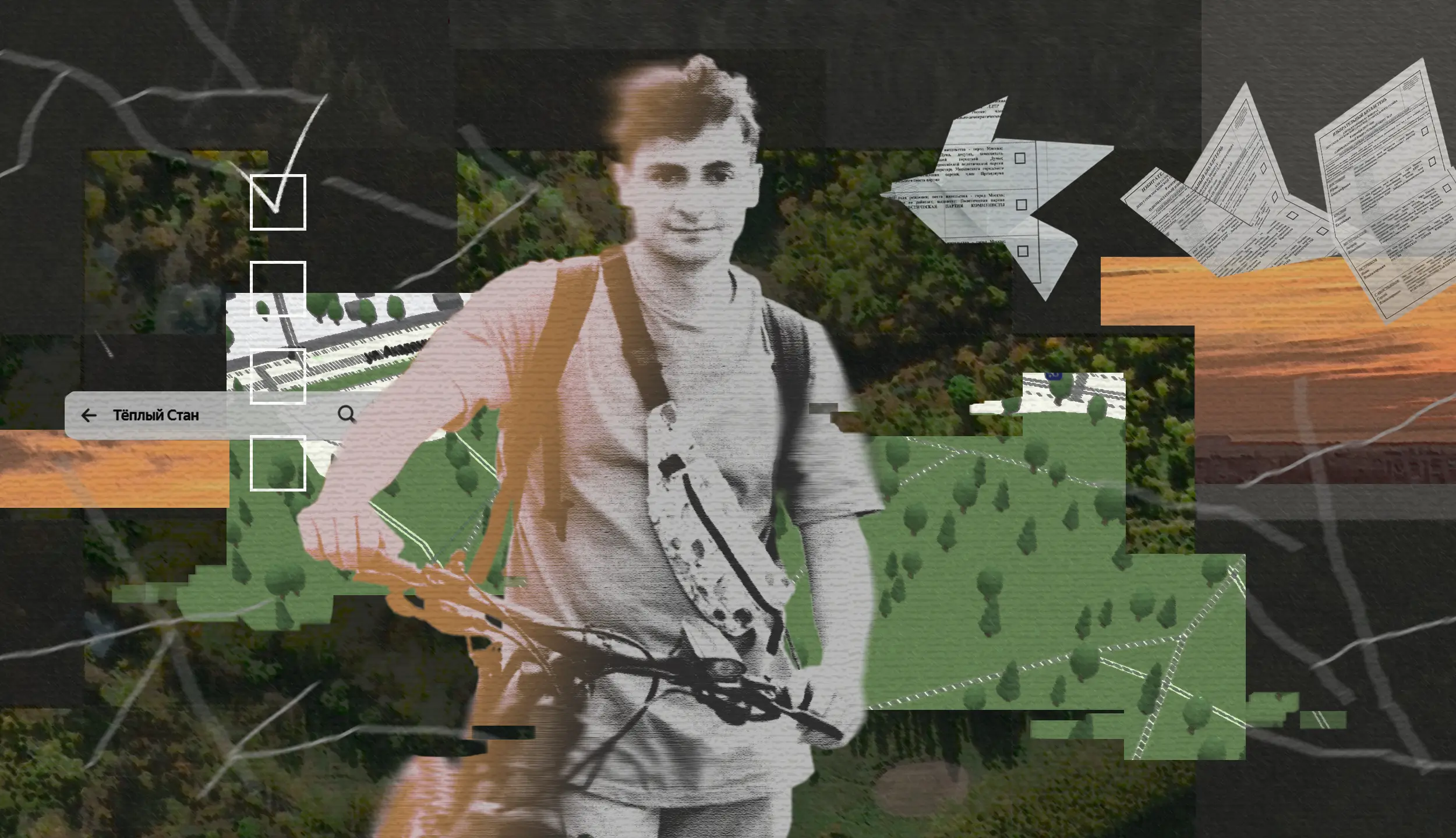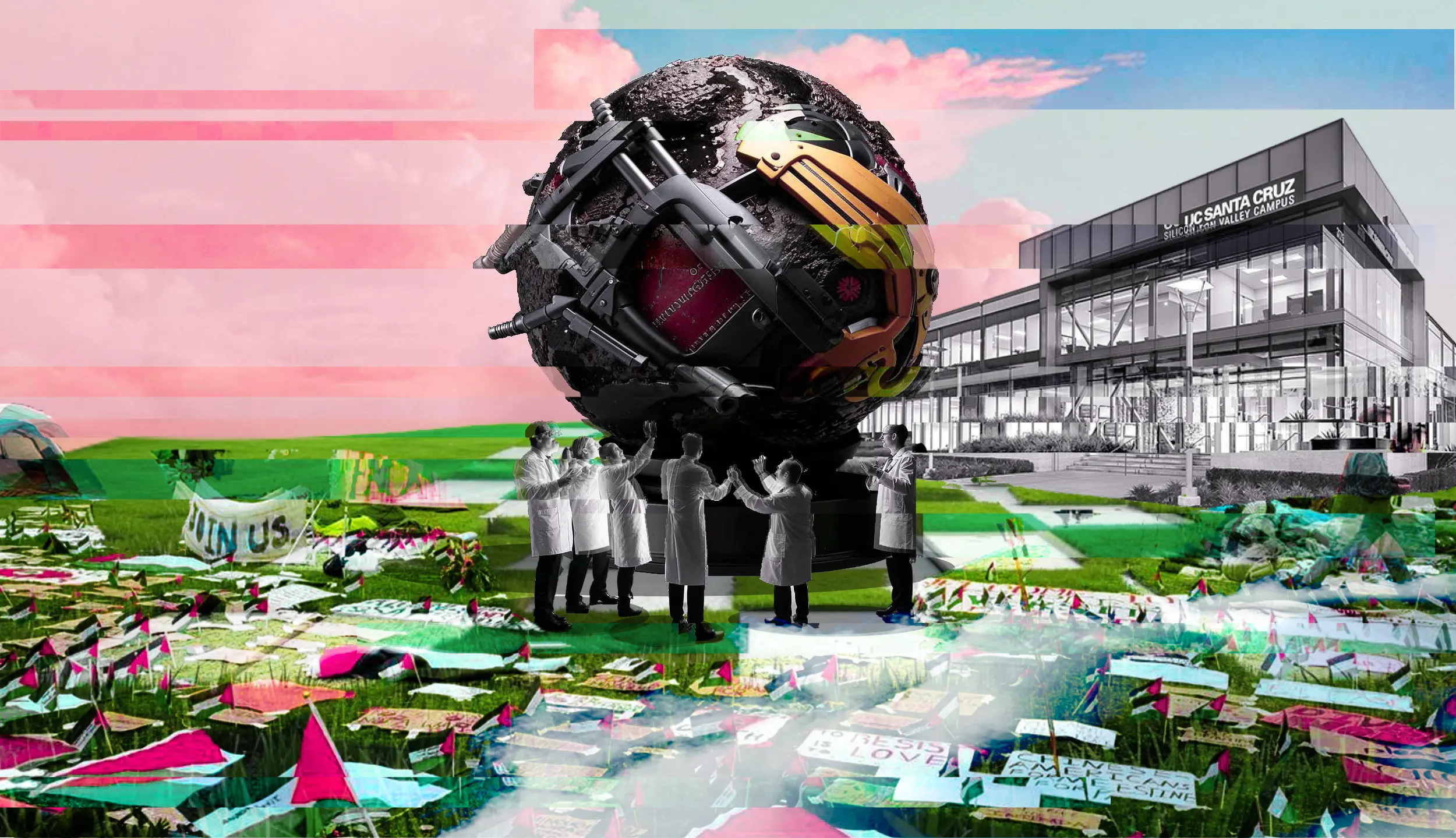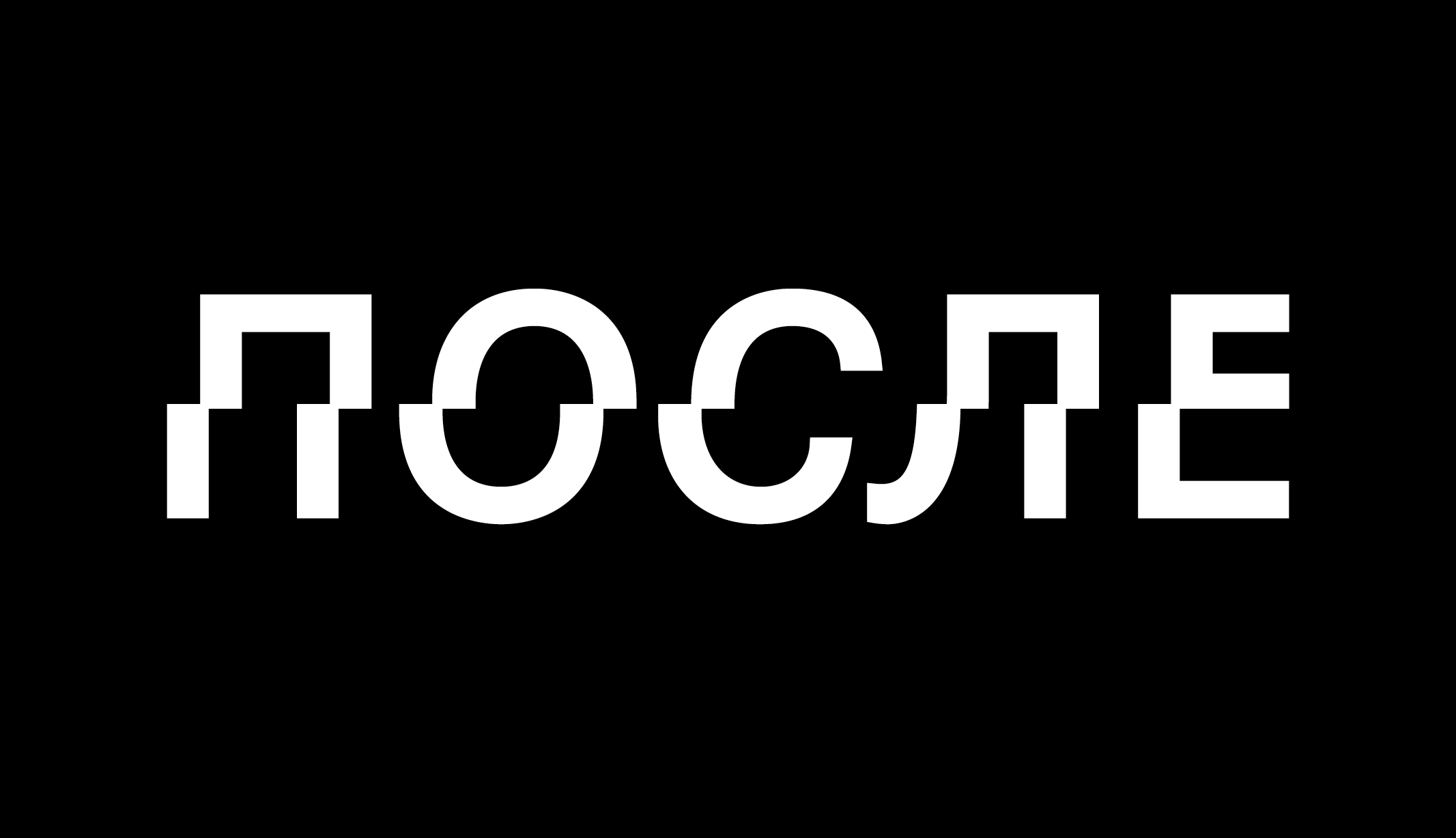The infamous slogan “We can do it again” was first coined in 2014 during Russia’s annexation of Crimea and covert invasion of the Donbas: on car stickers and social media posts, it became a caption for (often lewd) images harking back to the Soviet victory in the Second World War. Russia’s full-scale invasion of Ukraine should, of course, be understood as the slogan’s literal realization, and the phrase itself as one among several popular expressions shoring up state-imposed ideology. But what — according to this jingoistic formula and those who align themselves with it — is it exactly that we should be repeating?
Hardly the levelling of cities or the slaughter of children under bombs: rather, the idea is to reanimate the WWII narratives of high school textbooks, the patriotic scripts of Soviet and post-Soviet movies, the recitations of the Kremlin’s history-buff-in-chief in his Victory Day speeches. The official narrative of what is officially known in Russia as the Great Patriotic War took shape in the last decades of the Soviet Union and has remained largely unchanged: cast in a paradigm of honor and heroism, it is at the same time remarkably deaf to questions of justice and dignity.
A tragic, rarely addressed chapter of that history is the fate of the 5.5 million Soviet soldiers who wound up in German captivity: those had not died by the war’s end were, upon their return, sent to the gulag as potential traitors. Stalin’s decision to imprison those who had only just been fighting for their country cannot find any justification on moral grounds, nor can it be accounted for within the framework of today’s victory cult — a civil religion that demands unconditional respect for all WW2 veterans.
The fate of those prisoners of war who later became victims of their own country belongs to millions of Russian families’ histories and yet it is largely blotted out from collective memory: it would, after all, imply that not all Soviet citizens emerged victorious from the war. Russian textbooks focus on “geopolitics,” the masses and their leaders, the drawing of battle lines and redrafting of borders. The repressions of Soviet soldiers warrant just three lines in one popular primer for high school seniors and are completely glossed over in others.
Alyona van der Horst, a Dutch filmmaker of Russian origin, has made a film about the past focused through the lens of this present. Turn Your Body to the Sun (2021) is less about its central protagonist, Sana — a woman from a Soviet Tatar family who has since emigrated to Europe — than it is about her father, Sardar. It is, by extension, about the fate of Soviet people in general: their memory of their own past and of the country they once lived in. A Red Army soldier during the Second World War, Sardar was captured by the Germans; to avoid starving to death, he enlisted in a volunteer battalion and managed to escape the Nazis and hand himself over to the Allies. He survived the front, a German POW camp and then a British camp for displaced persons, only to find himself in a Soviet camp after the war. This he also survived, and after years in the gulag he was released under a broad amnesty that followed Stalin’s death. He settled and raised a family in Tallinn. Fourteen years that could, under different circumstances, have been the best in his life — yet Sardar was a prisoner of the era, of history itself, not master of his own fate.
But what is this “history” exactly? In Turn Your Body to the Sun, van der Horst seems to question the very concept. Years under repressive regimes in Russia has forged an understanding of history as an insurmountable force, an abstract power of nature. “If you fell a forest, chips will fly.” This proverb, used by Lenin and cited in Grigoriy Chukhrai’s rare Soviet film about prisoners of war, Clear Skies (1961), is a formula of learned helplessness, which avoids assigning responsibility through its impersonal grammatical construction. Who, after all, is felling the forest? Van der Horst’s protagonist names the culprits of her father’s hardships right at the outset of the film: Hitler and Stalin, who both appear through archive footage of their public speeches. This could be a banal approach to anchor a documentary’s historical context: the dictator at the podium of a Nazi or Communist Party congress is an instantly recognizable emblem of the era. Yet van der Horst chooses those moments when Stalin and Hitler pause to take sips of water and uses their voracious gulping to muffle what would typically be the sound of the cheering masses. Official footage usually serves to transform mere mortals into historical actors — here, van der Horst turns this function on its head. This exaggerated physiology defiles, as it were, the grand official portrait with wrinkles and blemishes, in the style of Mandelstam’s fateful and grotesque caricature of Stalin (“his cockroach moustache […] full of laughter”) from 1933. Later in the film we see images of the three victorious leaders at Yalta, rendered in a similar way: in slow motion and with unexpected zooms on their faces and every gesture. Elsewhere, van der Horst zooms in and thrice repeats a shot of Göring walking past a line of prisoners of war in a German camp, scratching his crinkled nose at the unsavory smell.
In this way, van der Horst faces history squarely in the face, peering at great events from a close distance: fragments instead of the big picture, individual countenances and gestures in place of the faceless masses. Embodiment and physicality assume a special historical role, as evident even just from the film’s title: “always turn your body to the sun” is a quote from a letter Sardar sent from a Siberian camp to his future wife. There’s no film footage of Sardar himself, only a few photos, so van der Horst uses footage of anonymous soldiers from the front and POW camps. The director’s selection and treatment of her material (the aforementioned zooms, slow motions and repetitions) focus attention on the physical state of those caught on film; starving, frostbitten, and exhausted after hours of gruelling work in inhuman conditions. In one characteristically atypical fragment we see soldiers wading through a creek. Stark naked, holding their rifles aloft, they walk through the water and then, still undressed, push a cannon up a slope — ununiformed bodies enslaved by war, denuded of all protection.
The story of Turn Your Body to the Sun is intimate and familial, told through Sana’s reminiscences and private documents — namely, Sardar’s letters to the woman he loved. “Small narratives” of this kind have been among international cinema’s key tendencies of recent decades, during which there has been a heightened interest in non-fiction, and, in documentary, a shying away from an authoritative, trained voice imposing interpretations from offscreen. Instead, many recent films are told in first person, by the protagonist or filmmaker (in this aspect, cinema is drifting in the same direction as literature, contemporary art and even academic research, with the rise of “auto-ethnography”). Documentary began as Robert Flaherty’s staged anthropology — a white man films “natives” in order to exhibit their way of life to other whites — and Dziga Vertov’s mass ornaments. Today, its most productive strand is essayistic and diaristic, in the tradition of Chris Marker, Jonas Mekas and Chantal Akerman. Even mainstream documentaries produced by Netflix and HBO avoid the omniscient narrator and present the story through participants’ accounts.
Spellbound by historical myths, Russian culture has been lacking precisely this willingness to speak in the first person; to look at history from below instead of through elevated generalizations, to listen to testimonies rather than to expert voiceovers. Here, the twentieth century doesn’t seem to have ended, recalling Faulkner’s “The past is never dead. It’s not even past.” The past is very much alive in the narratives, both official and unofficial, that surround the war in Ukraine and it’s hardly a coincidence that period dramas have been central to Russian cinema during Putin’s rule — from the commercial sports dramas Three Seconds (2017) and Legend No. 17 (2013) to depictions of the late USSR by the auteurs Mindadze and Balabanov; from the patriotic war movies Brest Fortress (2010) and T-34 (2018) to the critique of Stalinism in Beanpole (2019) and Captain Volkonogov Escaped (2021). There are still too many gaps and elisions in that century, which the official histories struggle to patch over. The poet Olga Berggolts’ “No one is forgotten, nothing is forgotten” spoke of the victims of the Nazi siege of Leningrad but also, likely, of those who perished in Stalin’s Great Terror. Yet much and many have in fact been forgotten: Berggolts’ line has been coopted by state ideology, the civic-religious cult of victory, the politics of selective memory and false recollections.
A state monopoly over memory, a view of history from the altitude of the Kremlin towers: both, among other things, cleared the way for the delusional invasion of Ukraine. They also lubricate popular support for Putin’s politics, however passive it may be. And how else could it be if, after all, we chips fly as the forest falls? And if so, then archival work, reopening the past, seeing history through the eyes of the defeated — these are the only remaining chance for Russian culture if it doesn’t want to “cancel” itself.
There have been endeavors to this end, of course. The Russian documentary filmmaker Vitaly Mansky has, in several of his works, illuminated the connections between politics and the private sphere (whereas over the past decade, state interventions into questions of private life, health and communication have tirelessly striven to achieve total depoliticization as the regime’s foundational principle). One of his films, for instance, aptly titled Private Chronicle (1999), was assembled using found footage of Soviet-era home movies. A different approach, that of the researcher’s, has been taken by Sergei Loznitsa, a filmmaker with biographical connections to Ukraine, Belarus and Russia. His found footage films are dedicated to pivotal historical moments, above all in the USSR. They feature neither protagonists nor direct authorial commentary: such images do not tell a story but testify. In Loznitsa’s Blockade (2005) and Babiy Yar Context (2021), those marked by the tragedies of the Second World War are not heroes to be cast in bronze: they are just people living and surviving in specific historical circumstances. Loznitsa’s The Event (2015) is especially startling from today’s point of view: it’s August 1991, tens of thousands of people take over the streets of Leningrad to protest against dictatorship; at one point, they hold a moment’s silence to honor the regime’s victims in Lithuania. Three decades have passed. Where are all those people now? Are they alive? What do they make of the new spin on Russian imperialism, and are they still as sympathetic as they were to the Lithuanians back then? We can only surmise with any certainty what one man among them would answer: Vladimir Putin, who is briefly glimpsed in the frame by the side of his then-superior, St. Petersburg’s first mayor Anatoly Sobchak.
Finally, found-footage cinema can also choose to forgo narrative continuity altogether. Experimental works like Tikhon Pendyurin and Daniil Zinchenko’s Why Dreams (2021) or Anya Tsyrlina’s horizōn (2018) and All Other Things Being Equal (2019) are assembled from a variety of Soviet-era sources. These films eschew both narrative and testimony: instead, they explore the very texture of the image, lodge it in unlikely contexts, thereby achieving an almost haptic sensation of the past. The primary sources here are newsreels, educational movies and propaganda, from which the filmmakers wrest human faces and images of Soviet reality to free them from official narratives. If we, together, are to liberate our present, we would do well to wholly abandon the repertoire of our grand historical myths, the downward spiral of their eternal return.

